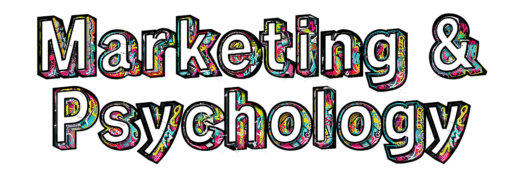What is the halo effect?
Why would a musician be chosen as a spokesperson for a prominent charity? Would you buy a skincare brand recommended by a footballer? Well, the halo effect helps to explain the appeal of prominent role models in fields outside of their expertise.
There are many other theories to explain how and why role models affect an audience. For example, people tend to be attracted to others who they perceive to be in some way similar. Role models can also be people who form part of an aspirational ‘reference group’, those who hold a position of authority, and those with specific credibility based on their expertise for that topic. What’s intriguing though is how some prominent people appear to be persuasive when communicating about a wide range of topics outside of their expected expertise.
The halo effect (Nisbett, 1977) explains this situation. The effect is a cognitive bias whereby people form judgements of another person based on one aspect, such as a skill, and then use this evaluation when forming an opinion of the person in an unconnected context. So, for example, a skilful artist might be assumed to also be good at cooking. Or perhaps a flamboyantly-dressed person might be assumed to have a creative mind.
Whilst this is a cognitive bias, awareness of this bias can be useful to marketers. Knowing that a prominent role model in one field is likely to achieve respect in another field can help when choosing spokespeople for a campaign or influencers to work with.
Of course though, the opposite effect might occur too i.e. when a prominent spokesperson behaves badly, criticism of their behaviour in whatever context it occurred might affect their reputation in other areas too. For example, would you still employ a footballer as a skincare model if they had received several red cards for violent conduct?
